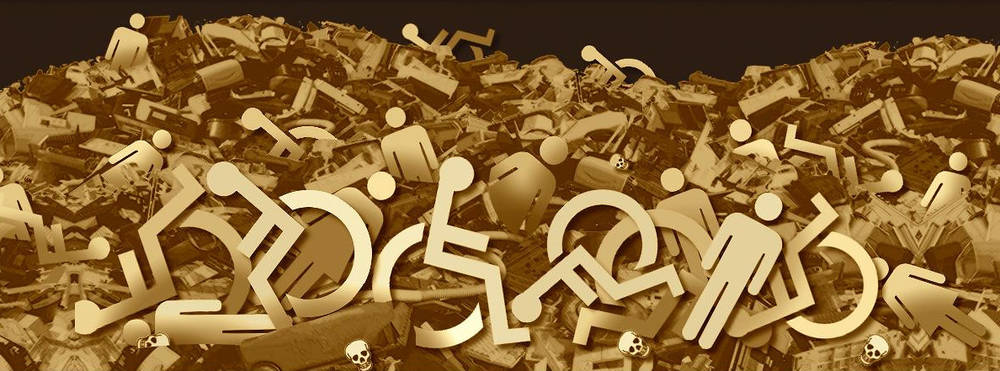Three ways that economic figures are misused in politics

The first is that opportunity costs matter. Time, money and attention that are poured into something cannot also be lavished on something else. For this reason it’s good to get a sense of how much a proposal is likely to cost and what the benefits might be. But the cost-benefit figures often convey a sense of certitude that is absurd: they are only as solid as the assumptions and forecasts that go into them.
The second proposition is about reducing everything to money. It follows from the first: if you are going to compare the costs and benefits of different things, you need some common unit of measurement. This unit doesn’t have to be money. It is just as true for the UK Treasury to say that independence will cost every Scot the equivalent of one knickerbocker glory a fortnight. But money is a more convenient yardstick than an ice-cream sundae.
The third proposition is that it’s worth paying special attention to spillover costs and benefits. In arguing over HS2, the fantastically controversial proposal to build a faster railway line between London and Manchester, people speculated over the value to passengers of a faster journey. Economics suggests that’s the last thing we should fret about, because passengers can make those benefits known by buying tickets. It’s the costs and benefits for those who don’t buy tickets that need more scrutiny.

No comments:
Post a Comment